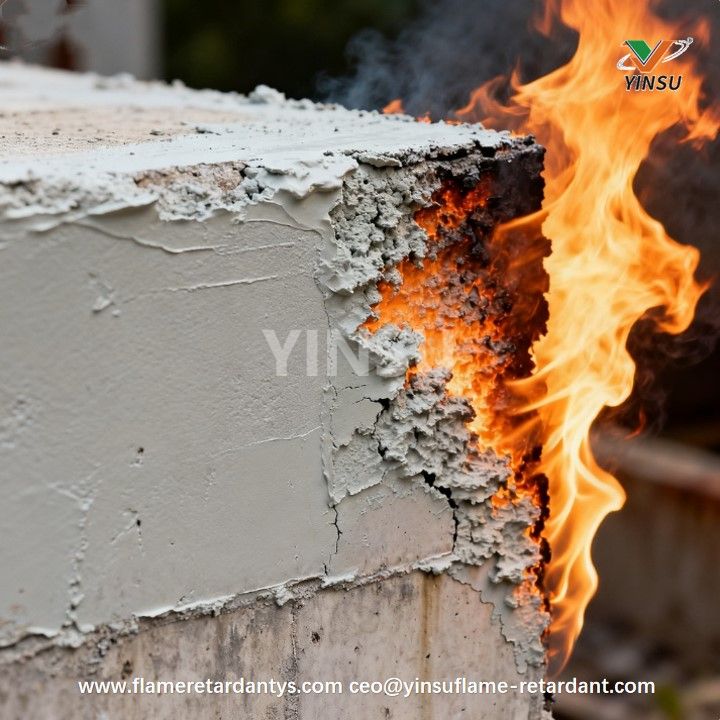- All
- Product Name
- Product Keyword
- Product Model
- Product Summary
- Product Description
- Multi Field Search
Specialized in PE, PVC, TPE, TPU and Low Smoke Zero Halogen (LSZH) wire and cable compound and materials.
In high-rise buildings, subway tunnels, new energy power stations and industrial complex scenarios, the fire safety of wires and cables is directly related to life and property and system reliability.
YINSU Flame Retardant Company provides customized flame retardant solutions for global customers, covering PE (polyethylene), PVC (polyvinyl chloride), TPE (thermoplastic elastomer), TPU (thermoplastic polyurethane) and LSZH (low smoke and halogen free) wire and cable systems to meet all safety requirements, ranging from UL94 V-0 flame retardant certification to EN 45545 fire protection for rail transportation and IEC 60754 low smoke and halogen free toxicity. All-round safety requirements.
Material Common Use Typical FR Type YINSU Flame Retardant Item No.
PE HDPE, LDPE, LLDPE, Red phosphorus, halogen free FR, PRP-950X, PE-XT-20, YS-F22B, MCA-B
Cross-linked PE cables, Bromine antimony masterbatch MDH, ATH
Plastic insulated cables.
PVC PVC &Plastic insulated power cables, T3 / ATO alternatives T3, T30
Aluminum stranded wires,
Prefabricated branch cables.
TPE Insulated wires, flexible cables Organic phosphorus YS-F22B, YS-9003
Shielded insulated cables
TPU Special purpose cables Organic phosphorus YS-F22B, YS-9003
Power cables for frequency converters.
Others Welcome to consult more details.

Intumescent fireproof coatings are suitable for locations prioritizing aesthetics and short-term high-efficiency thermal insulation, while non-intumescent coatings are better suited for harsh environments and applications requiring long-term durability.

Discover the fascinating world of foam materials that revolutionize industries from construction to aerospace, offering lightweight solutions with remarkable thermal and acoustic properties.

Research Progress In Fire Retardancy Of Building Foam MaterialsI. IntroductionFoam materials are predominantly used in the construction field as thermal insulation materials, helping buildings save energy and enhance living comfort. Examples include polyurethane foam and polystyrene foam. In additio

A thermal insulation material test report, read this article will be able to read inside the combustion performance indicators.

Step into the future with us and check out the cool new ways we're making buildings super safe from fires! Find out how we're going green and high-tech, all while keeping you safe and sound.

The application of flame retardant additives or treatments is essential to mitigate these risks. The continuous advancements in flame retardant technologies have paved the way for more effective and eco-friendly solutions, striking a balance between fire safety, sustainability, and performance.